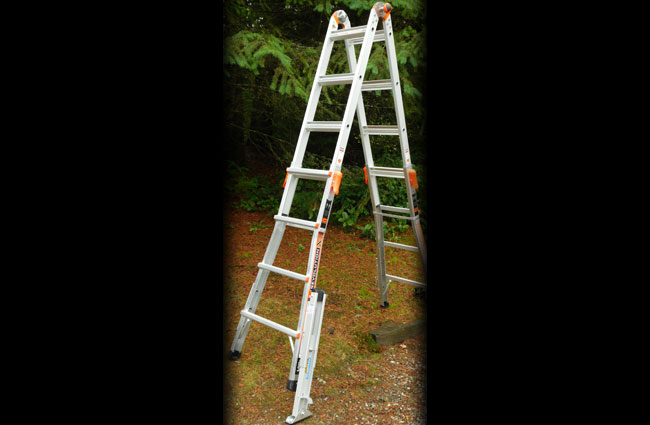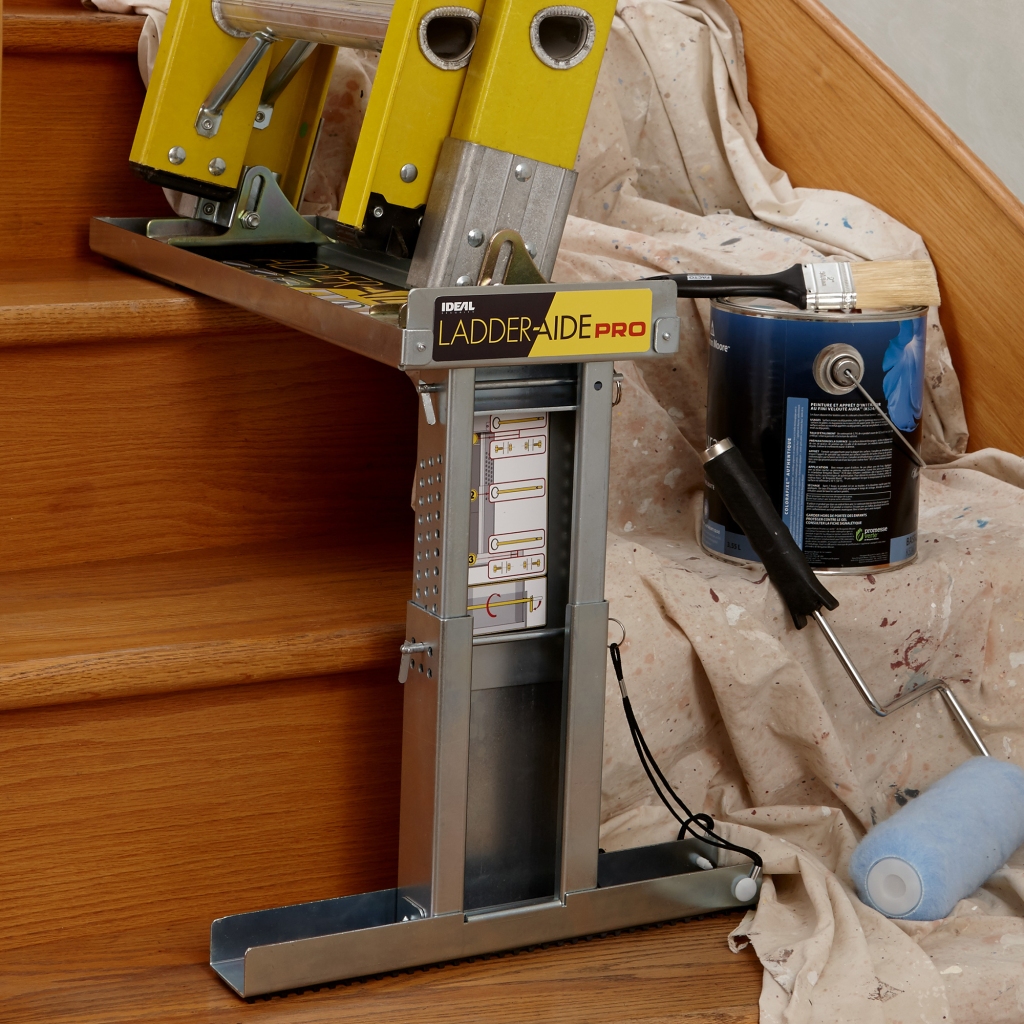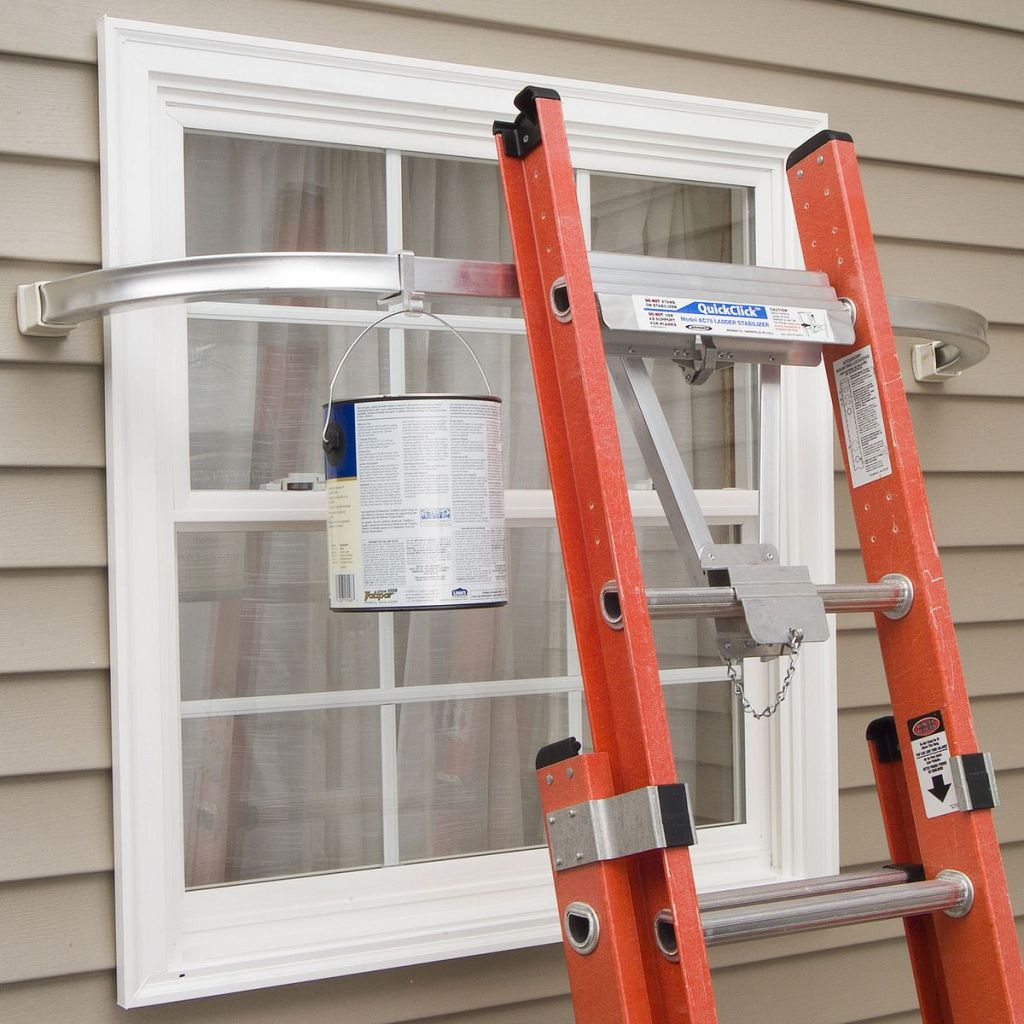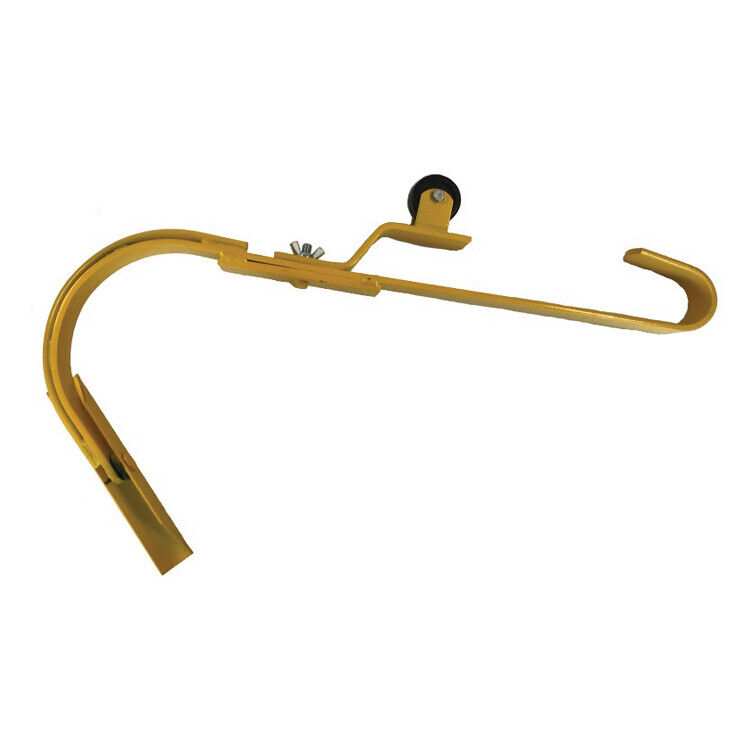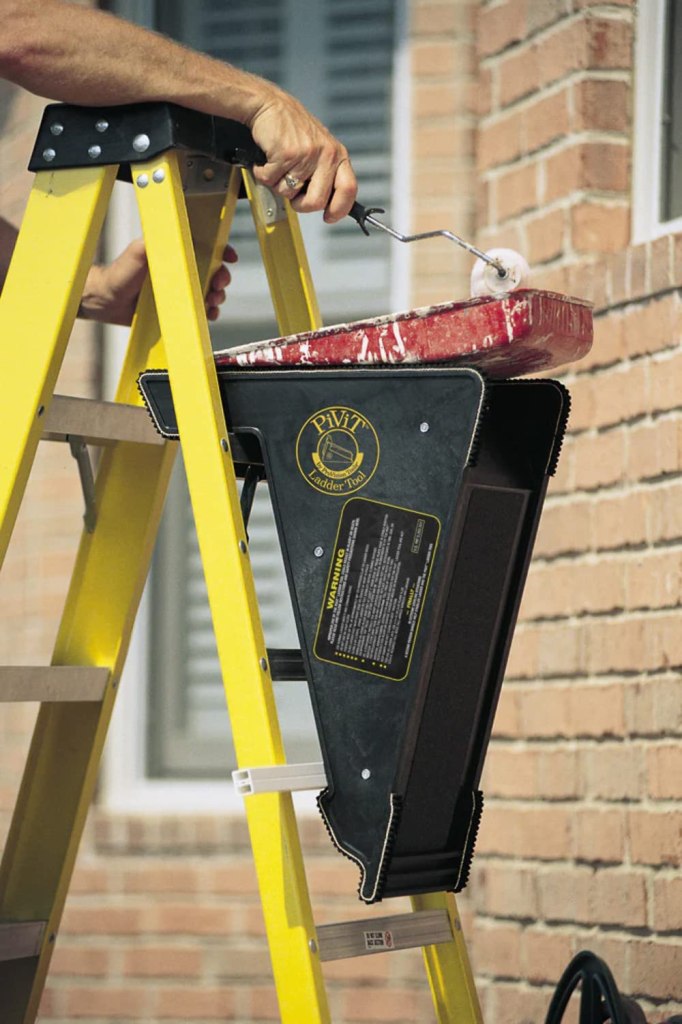There comes a time when hardware we take for granted needs replacing, and garage door springs are no exception. Between the wear and tear of time and constant use, garage door springs will gradually weaken and warp, resulting in an imbalanced garage door. With the right information in mind and tools in hand, what was once a complicated and potentially risky replacement process will instead be a safe and simple task.
Note: There will always be an element of risk when replacing garage door springs. Be cautious, wear protective equipment, and when in doubt, contact professionals.
Torsion Springs and Extension Springs
Before replacing your garage door springs, you should first determine the type of springs you have. These are generally split into two categories with their own subcategories, but we’ll focus on the main two – Torsion Springs, and Extension Springs.
You should be able to figure out which of the two your garage door is equipped with at a glance – Extension Springs are long, slim, and run parallel to your garage door’s horizontal tracks on either end of your garage door. In stark contrast, Torsion Springs are thick and bulkier, and are located directly above your garage door opening.
Both spring types operate by providing a counterbalance to your garage door, but the means they achieve this counterbalance is what sets them apart from one another. Extension Springs essentially “pull” your garage door open with a lift cable that runs from the spring to the bottom of the garage door. Torsion Springs rotate and either wind or unwind to close or open your garage door, respectively.
The majority of residential garage doors use extension springs, whereas torsion springs are generally used for industrial or commercial doors. However, if your home features a particularly heavy or large garage door, it may be using torsion springs.
Identifying Broken Garage Door Springs
Unlike other components of garage door hardware, it is easier to determine when a garage door spring has passed its prime.
Visually, you might notice a gap in your spring that’s wider than the usual distance between the coils. That tends to indicate a weakening spring. More telling signs often occur when it’s too late to get a bit more mileage out of a spring. Generally, those signs tend to be:
- A garage door that fails to open
- A garage door that slams shut
- A crooked, imbalanced garage door
- A rather loud bang or snap as the garage door spring finally gives out
Identifying The Right Replacement Springs
Extension springs are often color-coded to indicate the weight of garage door they can support and the length they stretch to. While a good rule of thumb is to replace your garage door extension springs with those of the same color, this method may not always be reliable. With time, your springs may lose their color, making it more difficult to properly identify them. Furthermore, not all manufacturers color-code their springs the same way.
Another way to identify your garage door springs is to measure the inner diameter of your spring. However, this method is not ideal, as spring diameter can differ due to varying manufacturing processes and spring materials.
The preferred method to determine the type of spring you need is to weigh your garage door after your old springs have been disconnected and removed. Upon removing your old springs, close your garage door on top of a scale to get an accurate reading of your garage door’s weight. Be sure to also measure the height of your garage door.
With that information in tow, you can begin searching for extension springs that support the weight and height of your garage door. Most manufacturers will readily have a spring selection guide or chart available to help you select the right extension spring for your garage door, much like our own chart below.
Installation Tips
When replacing your garage door extension springs, here are some tips to keep in mind:
- Replace both springs to ensure your garage door remains properly balanced
- Use this opportunity to replace old garage door hardware, such as pulleys and rollers. Your garage door uses springs, pulleys, and rollers in conjunction with each other. Making sure that these components are in good shape and are working in harmony is an essential step to ensure you have a smooth, silent garage door.
- Make sure you are installing the correct type of springs. Note that this guide covers extension springs intended for sectional garage doors, which are not the same as torsion springs.
Installing Garage Door Springs
For a thorough guide on installing garage door springs, check out our installation video. In this instance, a visual representation will better guide you to properly install your garage door extension springs. You can also follow along with the brief overview list below:
- Open your garage door, and block it from closing
- Disengage your electric door opener
- Unhook the s-hooks and remove your garage door pulleys
- Remove the old springs and safety extension cables
- Pass the safety extension cable through the new spring
- Hook the spring to the attachment hook on the rear hanger bar
- Attach the safety extension cable to the slotted angle bracket nearest to the stationary pulley
- Attach the pulley onto the spring, and thread the extension cable onto the pulley
- Pull the extension cable until fully tensioned to the initial s-hook position and reattach it
With that, your garage door should be set to operate for a number of years without the need to replace its springs.
Ready to replace them? Check out Ideal Security’s Garage Door Extension Springs, tested for up to 15,000 cycles. While you’re at it, consider revamping your garage door entirely with tried and tested pulleys and rollers.
If you’re on the fence about replacing your garage door rollers, or don’t know what type of roller to select, check out this article where we dive deep on the function and types of rollers.




